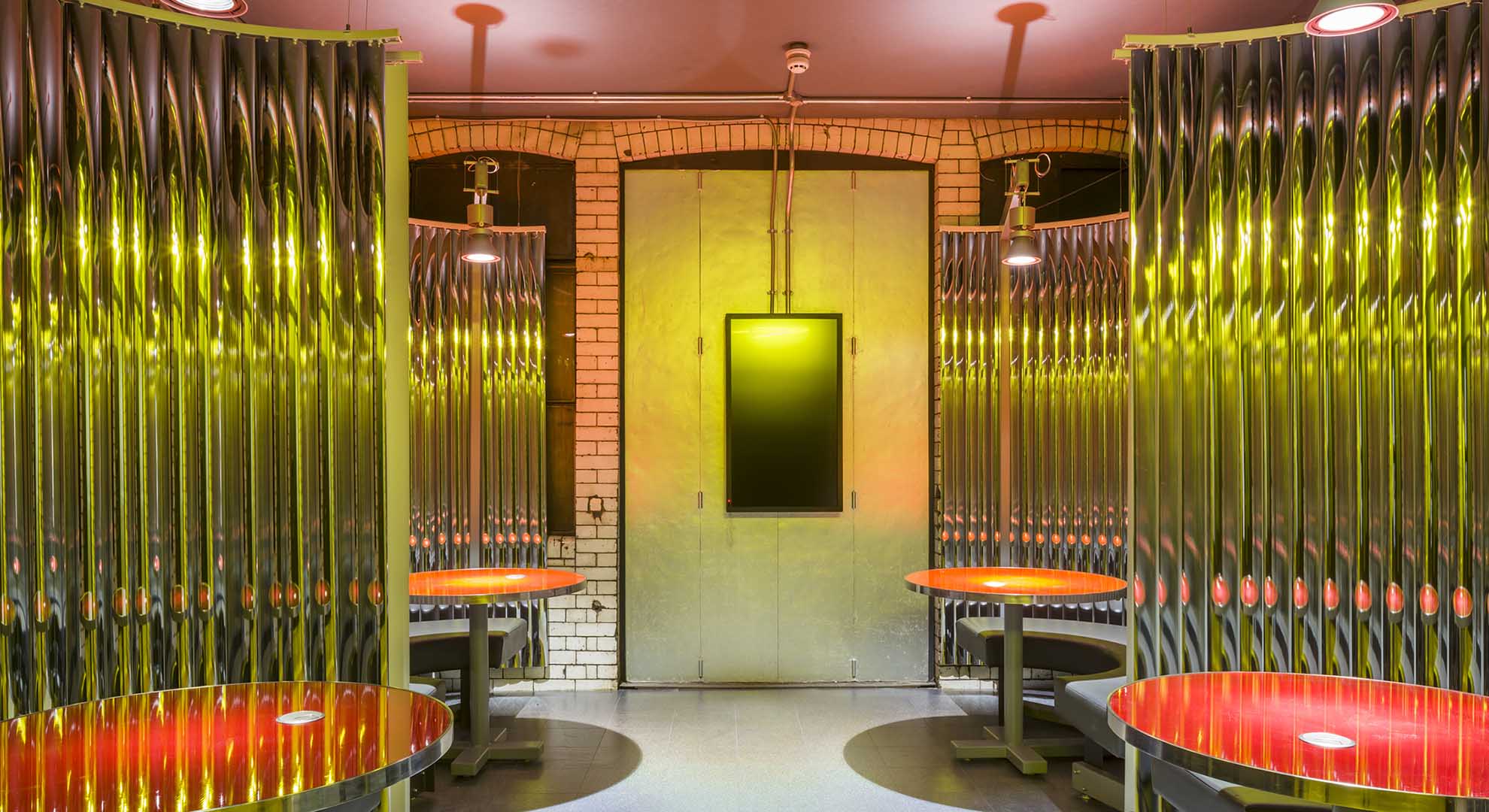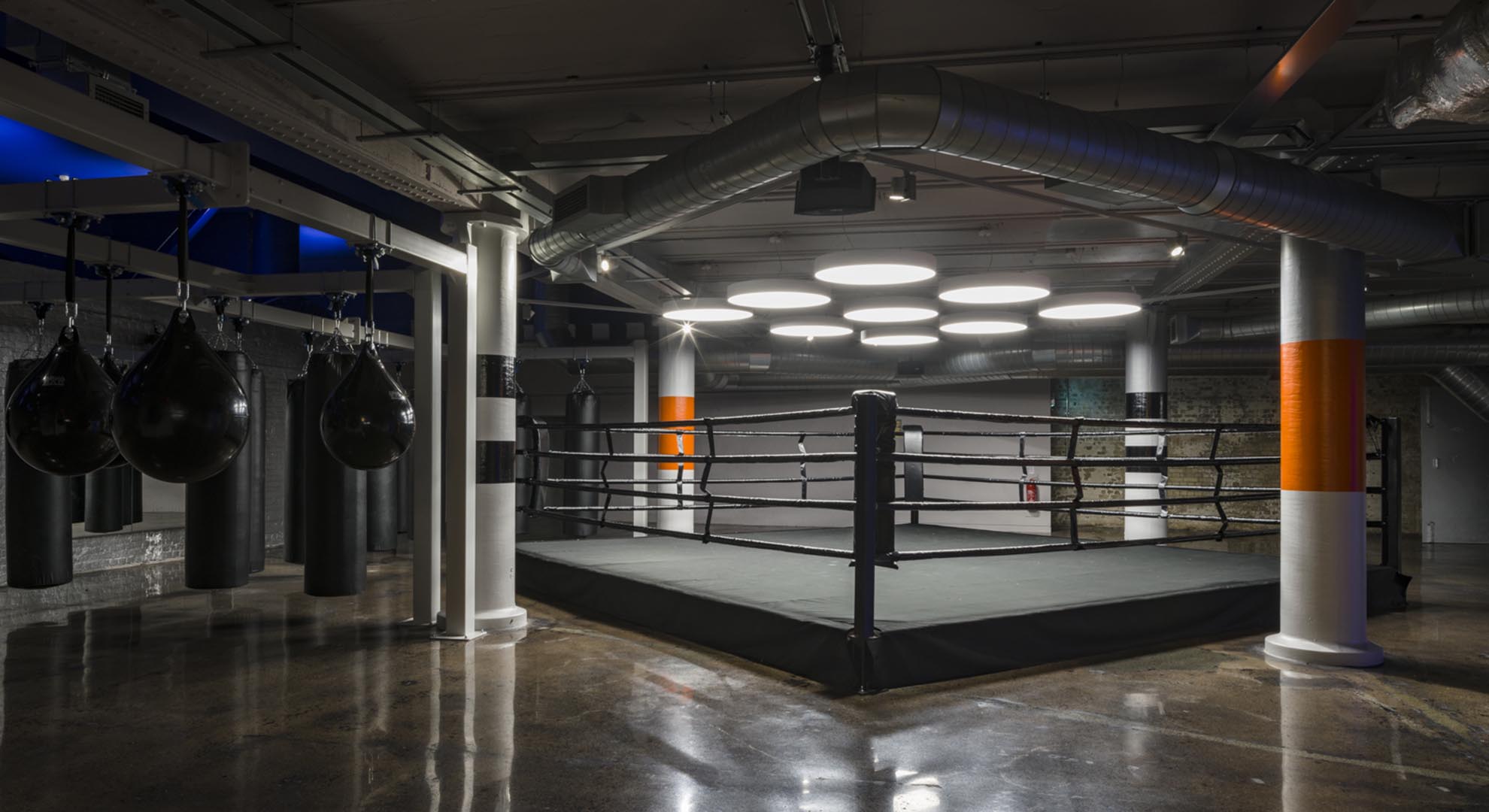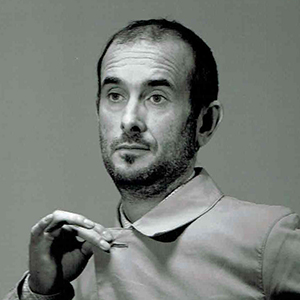New Era of Gym Design
How are designers and architects reshaping the way we see fitness facilities?
Exemplified by the sculpted physical specimens on the latest series of Love Island, body image has never been more prominent in our lives. In this Instagrammable world it seems we can’t get enough of celebrity workout regimes. They have become ‘athletes’, while our sport stars—such as Cristiano Ronaldo and his torso—increasingly become celebrities. The importance of getting fit has increased as the number of users of sports centers and this has generated a new era of gym design.
The metamorphic rise of the “body coach” Joe Wicks and his holistic approach to well-being is evidence of an ever popular lifestyle choice. In short, it has probably never been more fashionable to be fit. It is not necessarily confined only to a younger demographic, and despite the well documented rise in national obesity, more and more people are becoming aware of the positive benefits of being healthy. Within this cultural backdrop it comes as no surprise that the Health and Fitness industry has been one of the fastest growing business sectors in the UK over the past five years. The number of both public and private gyms has grown significantly and looks set to continue at pace.
As a designer I have been involved in the industry for 15 years, primarily through my continued work with London gym operator Gymbox. As its marketing mantra “the antidote to boring gyms” implies, this is not your average health club. It is widely recognised as having changed the London gym scene by creating a nightclub environment that exploited a crossover between fitness and leisure.
The first club opened In in Holborn in 2003 and was a reaction against the banality of aspirational corporate alternatives prevalent at the time. It had a personality, an attitude. The visual language that we developed both informed, and was informed by, its personality. The interiors are characterful, visually stimulating and vibrant. They are also raw, gritty, and robust environments that respond to their host spaces and reflect their activity. They have credibility, they are real spaces. Gymbox is a distinctive brand and this can be attributed in large part to the design of the clubs. Today all the operators understand the value of interior and gym design and deploy it with varying degrees of success. Describing itself as “redefining luxury fitness”, Third Space has always been the leader at the top-end ever since the glass floored studio in the original Soho club opened.

Gymbox is not a generic roll out and while there is inevitably a common DNA they have evolved over the eleven sites, each is unique, relying heavily upon, and responding to the often interesting spaces they occupy. A disused cinema, bank vaults or a redundant carpark, often forgotten basements that would have previously been nightclubs had the purge on the capitals clubbing scene not happened. In many ways the gym has become the substitute for the Love Island generation. Nightly DJ sets, top quality sound systems and coloured lighting set the scene. Its where boys meet girls (and all the other permutations) albeit in a healthier but equally sweaty environment.
The social aspect has become an important factor, not only in providing the physical space in which to hang out, but also in terms of building a sense of community around the gym. SoulCycle, the widely imitated boutique spin studio, is the exemplar in nurturing an almost cult-like following in the US. Virtual classes such as Peloton, offering group exercise in the solitude of your warehouse apartment cannot, despite their slick marketing, ever replace the buzz of physically being in a studio with like-minded people.
The way people train has also shaped the way the clubs have evolved with fewer rows of cardio equipment and more emphasis on functional training. The artificial turf track and functional frame take centre place. While technology has inevitably advanced, this feature has gone back to basics with activities as primitive as flipping a tractor tyre or pushing a weight-laden sledge. I enjoy this disparity in a Rocky IV kind of a way. Free weights also, an area previously only frequented by a certain type of male gym user, is no longer tucked away with more and more people of both genders lifting serious weight.

Group activity in the form of classes such as spin or yoga are ever more popular, resulting in an explosion in boutique gyms offering a singular specialized activity. In many ways the bar has been raised by these boutiques such as 1Rebel and in recent years we have paid increasing attention to the studios in terms of creating fully immersive environments. The integration of music and light allows us to control the atmosphere and create drama by turning up or down the intensity in line with activity. Technology has also enabled the introduction of competitiveness using live visual data generated by its users.
Another big technology driven factor is the widespread use of wearables and fitness apps that allow users to analyse their fitness data and understand in more depth about how their body is performing. Linked to high spec equipment, this technology has to date been limited in terms of impact on the physical club. Moving forward, I imagine this will change as personalisation of the user’s experience becomes more and more desirable and achievable.
MAIN IMAGE: New Era of Gym Design. Photo @Gareth Gardiner
